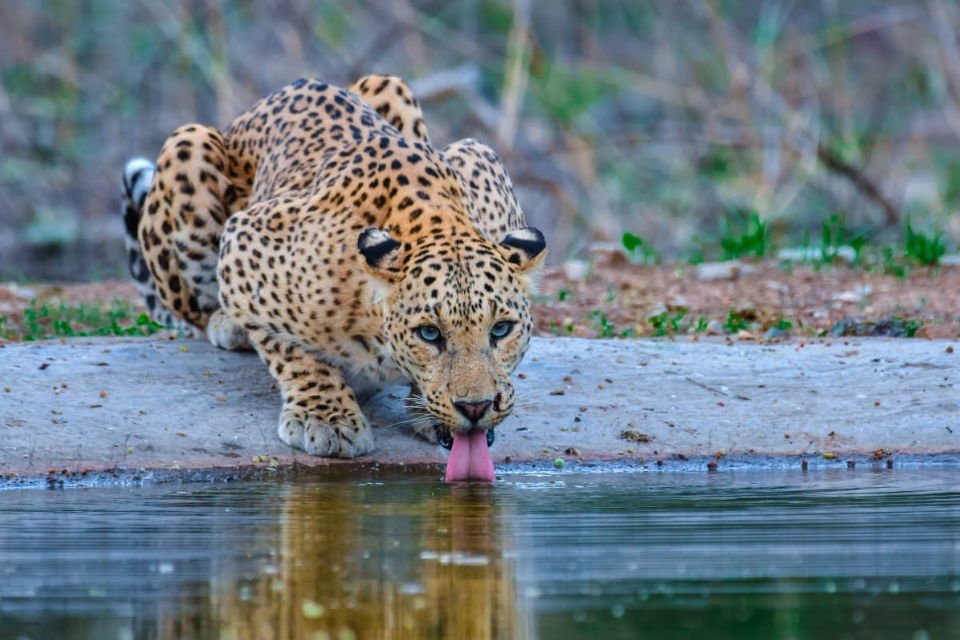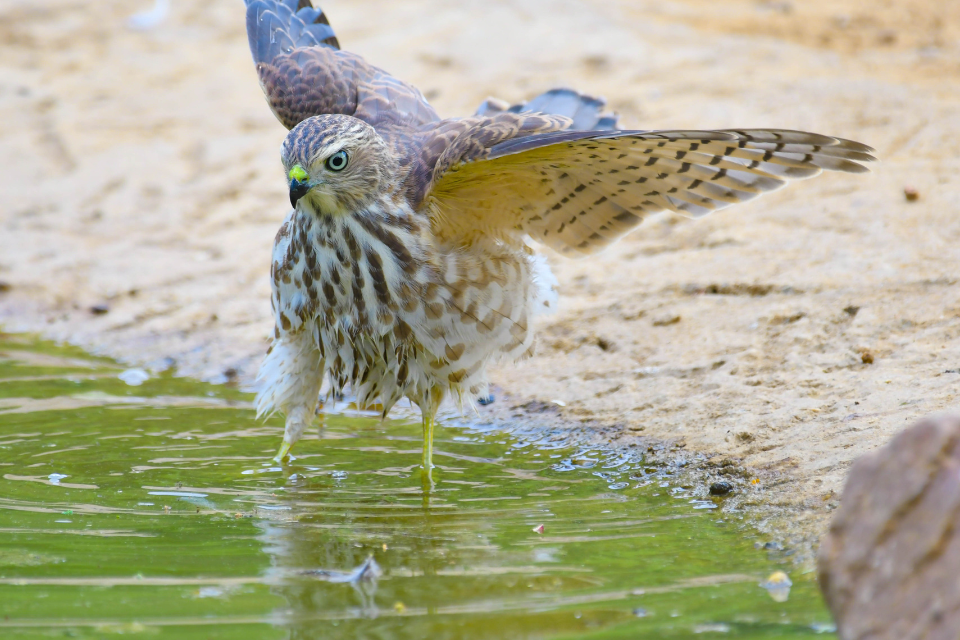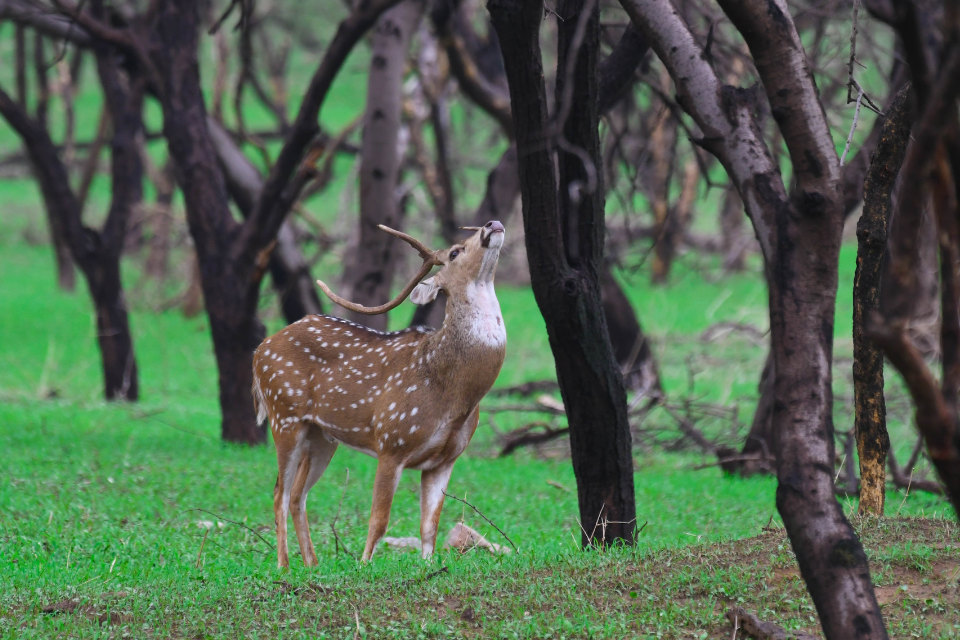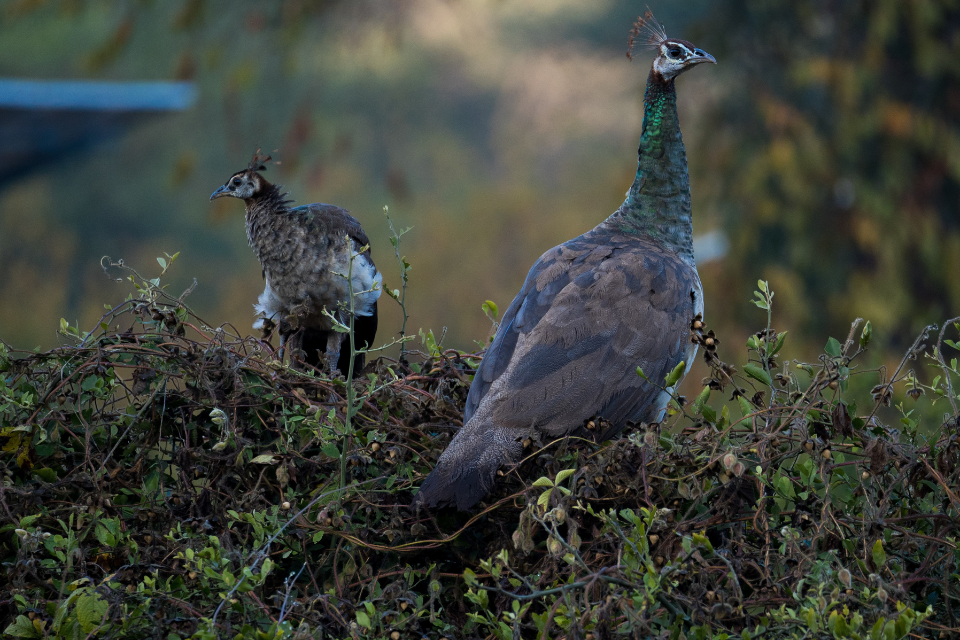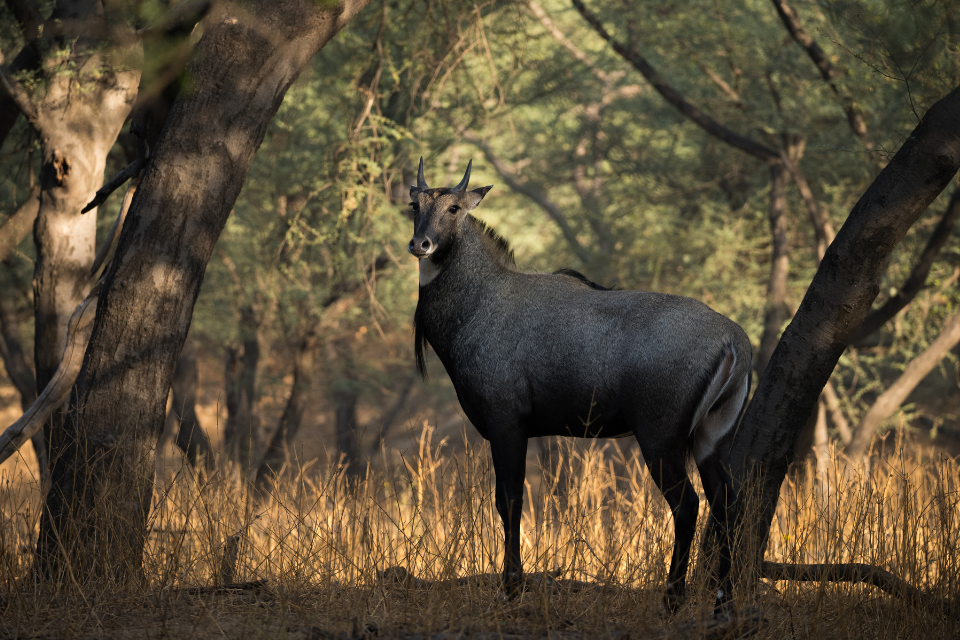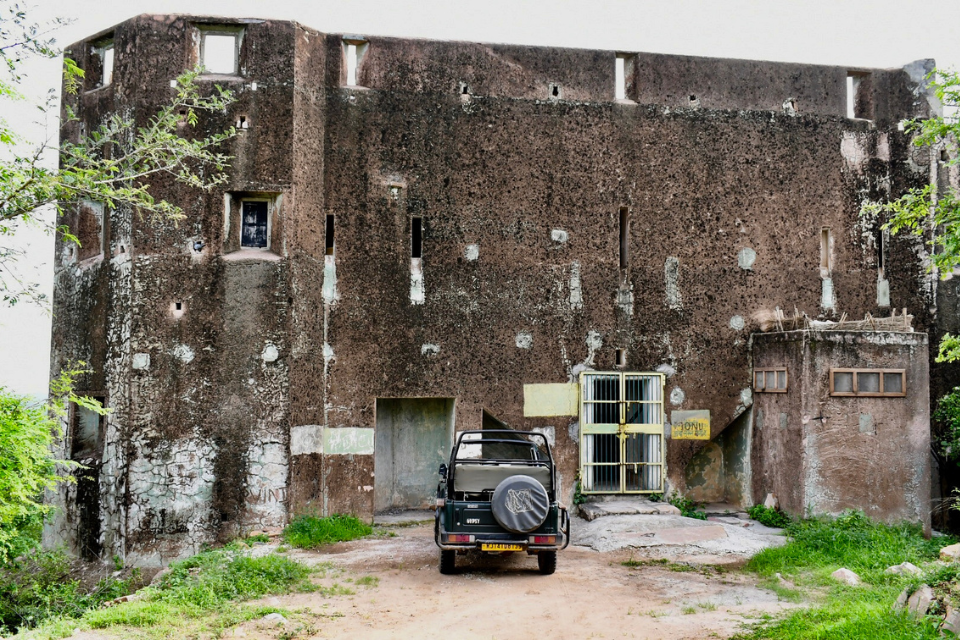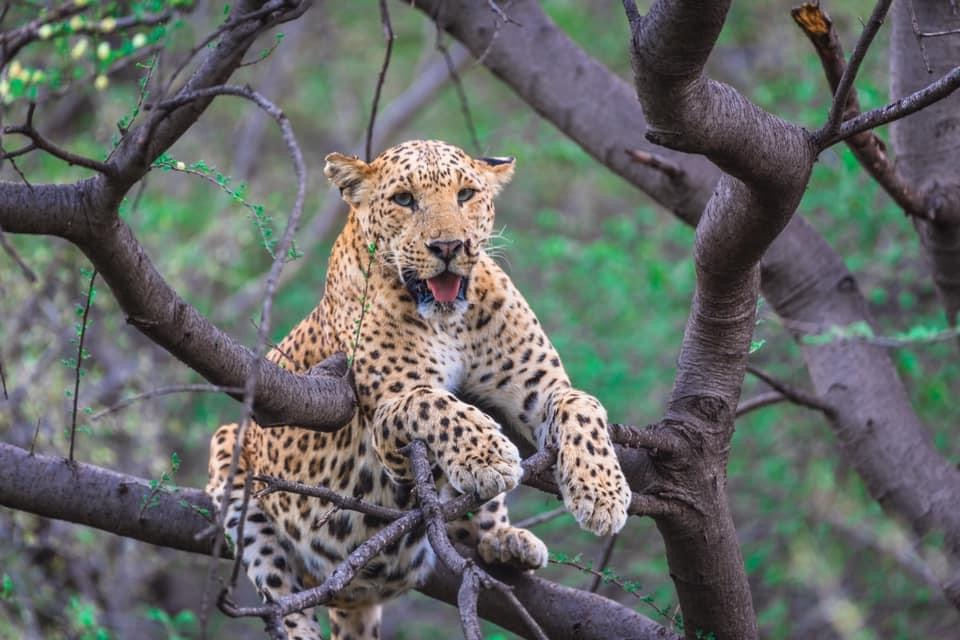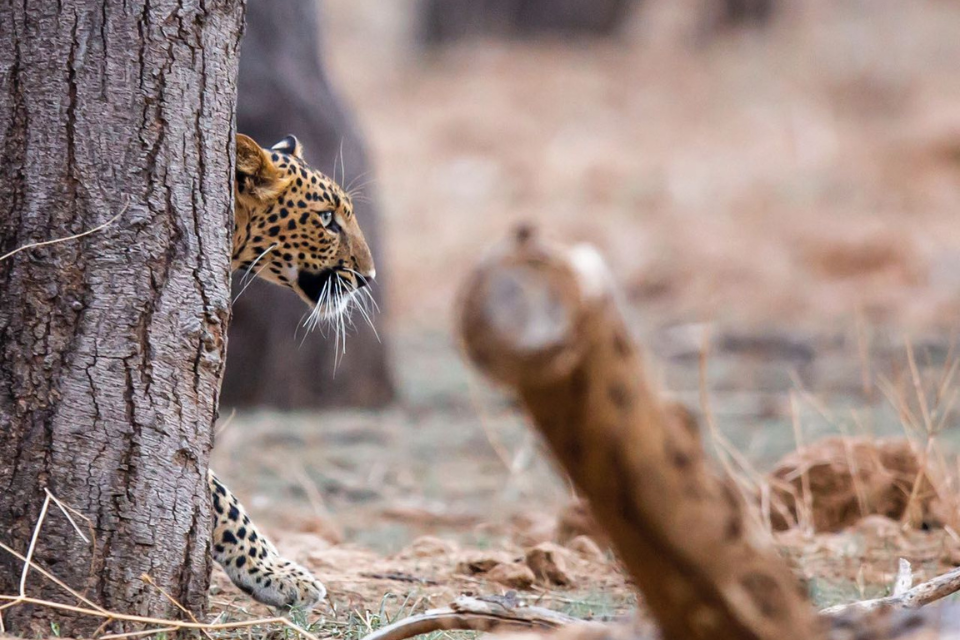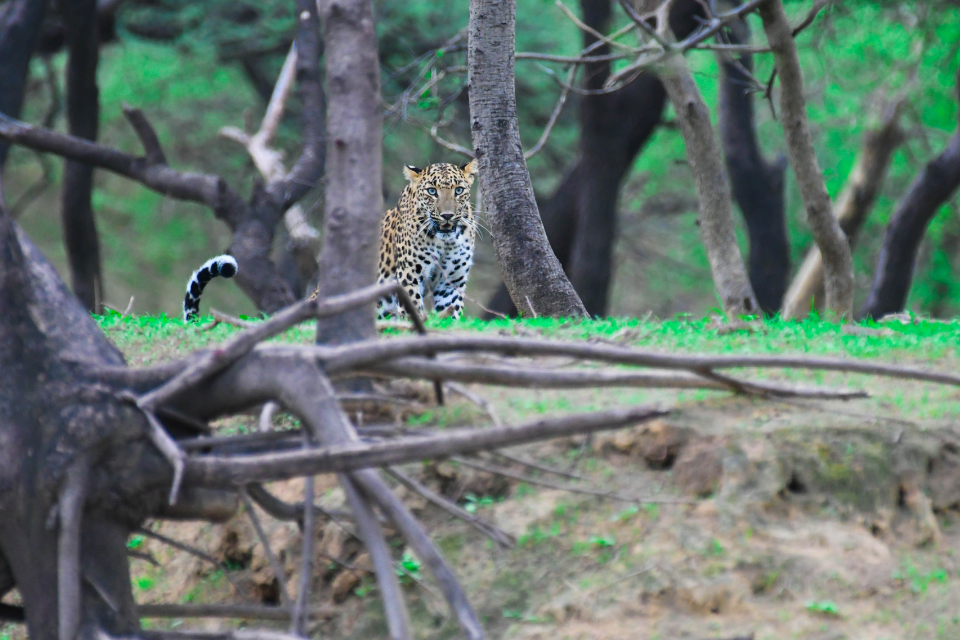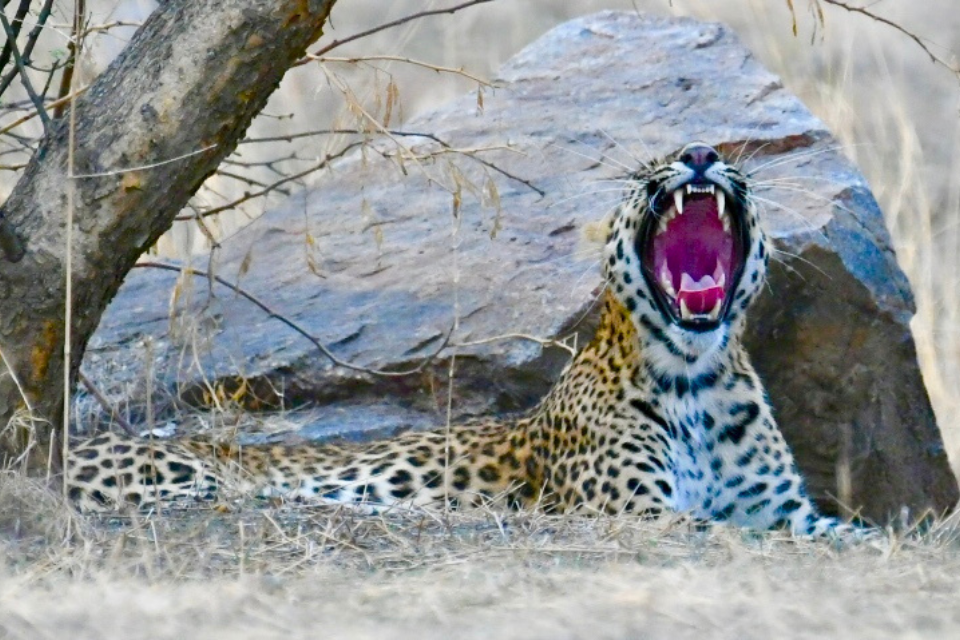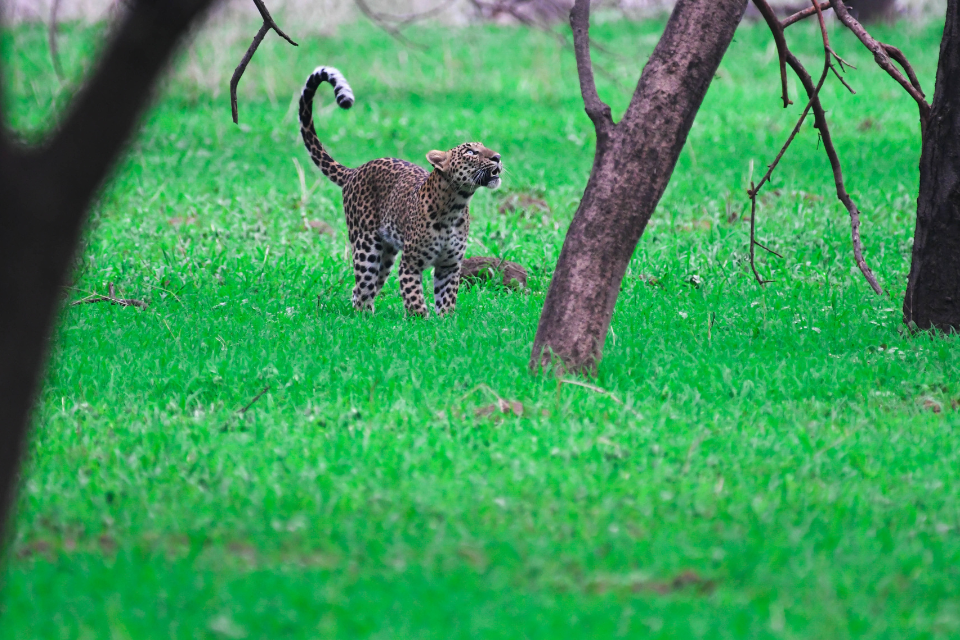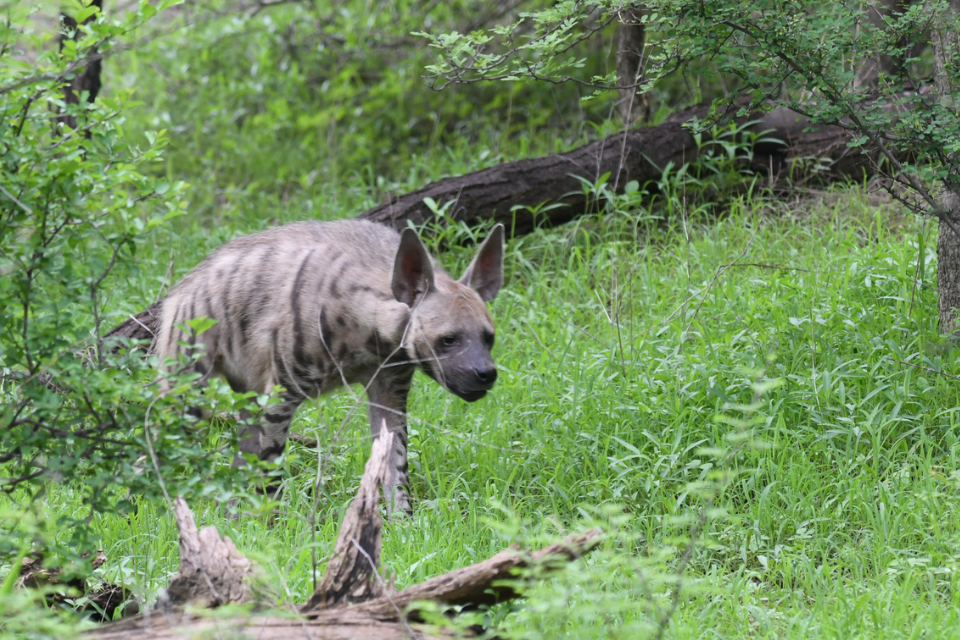- March 27, 2025
Mukundra Hills Tiger Reserve: Rajasthan’s Newest Big Cat Territory
When we talk about tiger reserves in Rajasthan, the first names that come to mind are Ranthambore and Sariska. However, Rajasthan has a new big cat territory that many wildlife enthusiasts are still unaware of—Mukundra Hills Tiger Reserve (MHTR).
Declared a tiger reserve in 2013, Mukundra Hills is Rajasthan’s fourth tiger reserve, after Ranthambore, Sariska, and the recently revived Ramgarh Vishdhari. Located near Kota, this sanctuary is still in its early stages of development, but it holds great potential to become a major tiger habitat in the future.
Let’s dive into the details of Mukundra Hills Tiger Reserve, its wildlife, landscape, conservation challenges, and what makes it one of India’s most exciting upcoming tiger reserves.
- Where is Mukundra Hills Tiger Reserve Located?
📍 Location: Kota, Bundi, Jhalawar & Chittorgarh districts, Rajasthan
📏 Total Area: 759 sq km (core zone: 417 sq km, buffer zone: 342 sq km)
⛰ Terrain: Hills, dry deciduous forests, and grasslands
🌊 Major Water Source: Chambal River
Mukundra Hills Tiger Reserve is strategically located between Ranthambore and Madhya Pradesh’s Kuno National Park, making it a vital corridor for tiger movement.
🚗 How to Reach Mukundra Hills?
- By Road: Located 50 km from Kota, easily accessible by car.
- By Train: The nearest railway station is Kota Junction (35 km away).
- By Air: The closest airport is Jaipur International Airport (245 km away).

- Why Was Mukundra Declared a Tiger Reserve?
Mukundra Hills was once a protected sanctuary but was upgraded to a tiger reserve in 2013 to provide a safe habitat for tigers and reduce overpopulation pressure from Ranthambore.
✔ Acts as a corridor for dispersing tigers from Ranthambore
✔ Provides an alternative tiger habitat in Rajasthan
✔ Reduces human-wildlife conflict by relocating villages
🚨 Current Status:
- In 2018, the first male tiger (T-91) from Ranthambore was relocated to Mukundra.
- A female tigress (T-106) and two cubs were later introduced.
- Unfortunately, T-91 died due to illness in 2020, leaving the future of tiger breeding uncertain.
Despite these setbacks, Mukundra’s rich landscape and continuous conservation efforts make it a promising home for tigers in the future.
- Wildlife of Mukundra Hills Tiger Reserve
Mukundra Hills is not just about tigers—it is home to a diverse range of wildlife, including predators, herbivores, and rare birds.
🐅 Tigers – The Future Kings of Mukundra
✔ Tigers have been relocated here from Ranthambore, but their numbers are still low.
✔ Conservationists are working to improve their survival rates.
✔ Plans are in place to introduce more tigers in the coming years.
🐆 Leopards – The Secretive Predators
✔ More commonly seen than tigers due to their adaptability.
✔ Thrives in the hilly terrain of Mukundra.
🐺 Indian Wolf – A Rare Sight in Rajasthan
✔ One of the few tiger reserves where wolves are found.
✔ Can be seen in the open grasslands of the buffer zone.
🦌 Herbivores and Prey Species
✔ Blue Bull (Nilgai) – India’s largest antelope
✔ Spotted Deer (Chital) – The most commonly seen deer
✔ Sambar Deer – A key prey species for tigers
✔ Wild Boars & Porcupines – Found in dense forest patches
🦅 Birdwatching Paradise
Mukundra Hills is also a great destination for bird lovers, offering a mix of wetland and dryland bird species.
✔ Crested Serpent Eagle
✔ Indian Vultures
✔ Painted Storks & Egrets
✔ Hornbills and Kingfishers
With the Chambal River flowing through Mukundra, crocodiles, turtles, and freshwater dolphins can also be spotted in some areas.
- Best Time to Visit Mukundra Hills Tiger Reserve
Mukundra Hills is open all year round, but certain seasons offer better wildlife sightings.
🍂 Winter (October – March) – Best time for safari and birdwatching. Cool temperatures make it ideal for exploration.
☀️ Summer (April – June) – The best time for spotting tigers and leopards as animals gather near water sources.
🌧 Monsoon (July – September) – The forest turns lush green, but safaris may be limited due to heavy rains.
Pro Tip: Early morning safaris offer the best chance of spotting big cats.
- Safari Experience in Mukundra Hills Tiger Reserve
Mukundra Hills is still in its early stages as a tiger reserve, so full-fledged safari tourism is yet to develop. However, there are guided nature safaris available.
🚙 Jeep Safaris – Expected to start once the tiger population grows.
✔ Timings: 6:30 AM – 9:30 AM & 3:30 PM – 6:30 PM
✔ Duration: 3 hours
✔ Current Status: Limited to buffer zones & nature trails
🌿 Trekking & Nature Walks – Mukundra offers some of the best trekking routes through the Aravalli Hills.
🥾 Mukundra Fort Trek – A scenic hike to the ancient Mukundra Fort, offering panoramic views of the jungle.
🥾 Chambal River Trail – Perfect for birdwatching and spotting crocodiles.
Since safari options are still developing, visitors can explore the surrounding Chambal River and nearby Kota city for additional attractions.
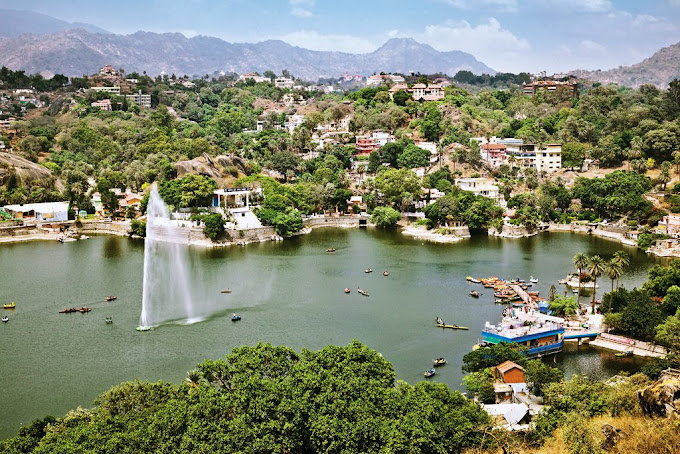
- Where to Stay Near Mukundra Hills Tiger Reserve?
Mukundra is still growing as a tourist destination, so accommodations are limited compared to Ranthambore.
🏰 Luxury Stay:
✔ Umed Bhawan Palace, Kota – A royal heritage hotel with top-class facilities.
✔ WelcomHeritage Umed Bhawan – A mix of luxury and nature.
🏡 Mid-Range & Budget:
✔ Hadoti Palace, Bundi – Offers good connectivity to Mukundra Hills.
✔ Kota Forest Lodge – A simple yet comfortable stay for wildlife enthusiasts.
- Why Mukundra Hills Tiger Reserve is a Must-Visit?
✔ Rajasthan’s newest tiger reserve, with great future potential
✔ Part of the crucial tiger corridor between Ranthambore and Madhya Pradesh
✔ Home to leopards, wolves, and rare bird species
✔ One of the few reserves in Rajasthan allowing trekking
✔ A peaceful alternative to crowded tiger reserves
Although Mukundra is still in its early stages, it has the potential to become a major tiger reserve in the coming years.
- Final Thoughts: Is Mukundra Hills Worth Visiting?
Yes, but with expectations set right. If you’re looking for guaranteed tiger sightings, Mukundra might not yet be the best choice. However, if you enjoy offbeat destinations, exploring hidden wildlife gems, and experiencing nature without crowds, Mukundra Hills is absolutely worth visiting.
🚙 Would you like to explore Rajasthan’s newest big cat territory?
Disclaimer All images used in this blog are either sourced from public domain or credited to their respective owners. If you are the copyright holder of any image and wish to request its removal or proper attribution, please contact us at [email protected]



